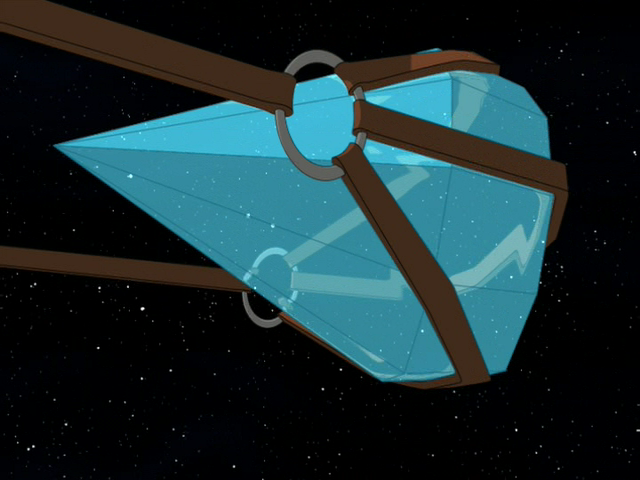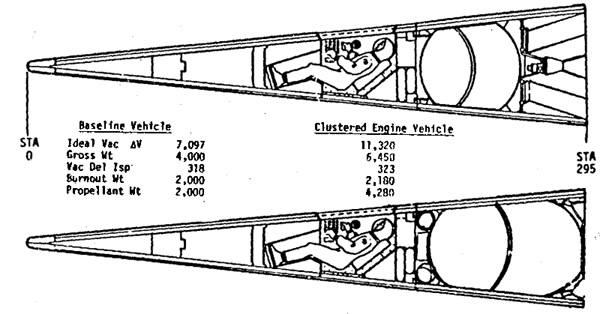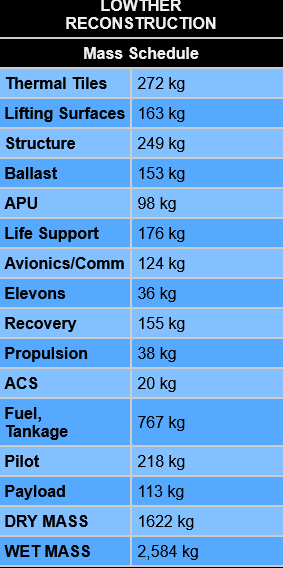- Joined
- 27 September 2006
- Messages
- 6,417
- Reaction score
- 6,818
Well into the 20th Century it was believed that Venus might be a hot humid jungle world and Mars a desert planet with ice caps that melted seasonally bringing life to parts of the planet. Sadly neither view proved true.
But supposing they had been? How would human space exploration have developed after the 1950s to the present day?
Manned expeditions would surely have been mounted by the 1980s to both worlds. Private development by companies and individuals would have been faster as well.
Assuming rivalry between the West and East blocs would these new frontiers have been developed peacefully like the Antarctic or become a source of conflict?
But supposing they had been? How would human space exploration have developed after the 1950s to the present day?
Manned expeditions would surely have been mounted by the 1980s to both worlds. Private development by companies and individuals would have been faster as well.
Assuming rivalry between the West and East blocs would these new frontiers have been developed peacefully like the Antarctic or become a source of conflict?






